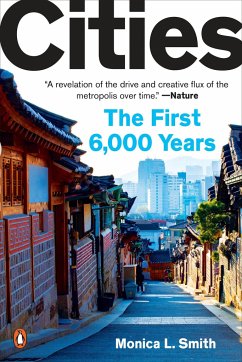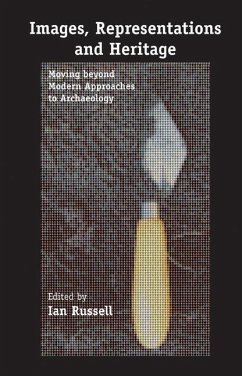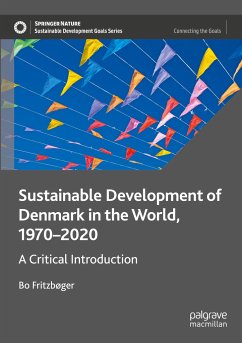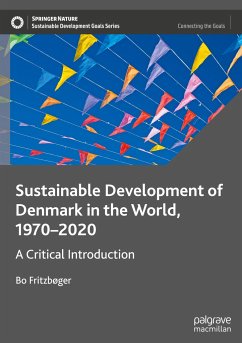
Strategies for Sustainable Tourism at the Mogao Grottoes of Dunhuang, China

PAYBACK Punkte
19 °P sammeln!
At the Mogao Grottoes, a World Heritage site near Dunhuang city in Gansu Province, visitor numbers have increased inexorably since 1979 when the site opened. A national policy that identifies tourism as a pillar industry, along with pressure from local authorities and businesses to encourage more tourism, threatens to lead to an unsustainable situation for management, an unsafe and uncomfortable experience for visitors and irreparable damage to the fragile art of the cave temples for which the site is famous. In the context of the comprehensive visitor management plan developed for the Mogao G...
At the Mogao Grottoes, a World Heritage site near Dunhuang city in Gansu Province, visitor numbers have increased inexorably since 1979 when the site opened. A national policy that identifies tourism as a pillar industry, along with pressure from local authorities and businesses to encourage more tourism, threatens to lead to an unsustainable situation for management, an unsafe and uncomfortable experience for visitors and irreparable damage to the fragile art of the cave temples for which the site is famous. In the context of the comprehensive visitor management plan developed for the Mogao Grottoes, a multi-year study began in 2001 as a joint undertaking of the Dunhuang Academy and the Getty Conservation Institute to determine the impact of visitation on the painted caves and develop strategies for sustainable visitation such that, once implemented, these threats would be resolved. The methodological framework featured a major research and assessment component that integrates visitorstudies; laboratory investigations; environmental monitoring; field testing and condition assessment to address the issues affecting the grottoes and visitors. Results from this component led to defining limiting conditions, which were the basis for establishing a visitor capacity policy for the grottoes and developing long-term monitoring and management tools.














